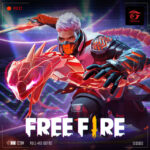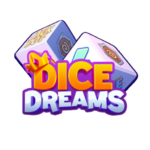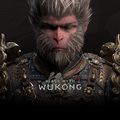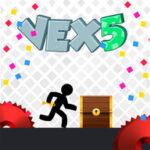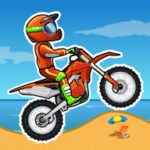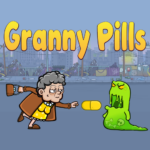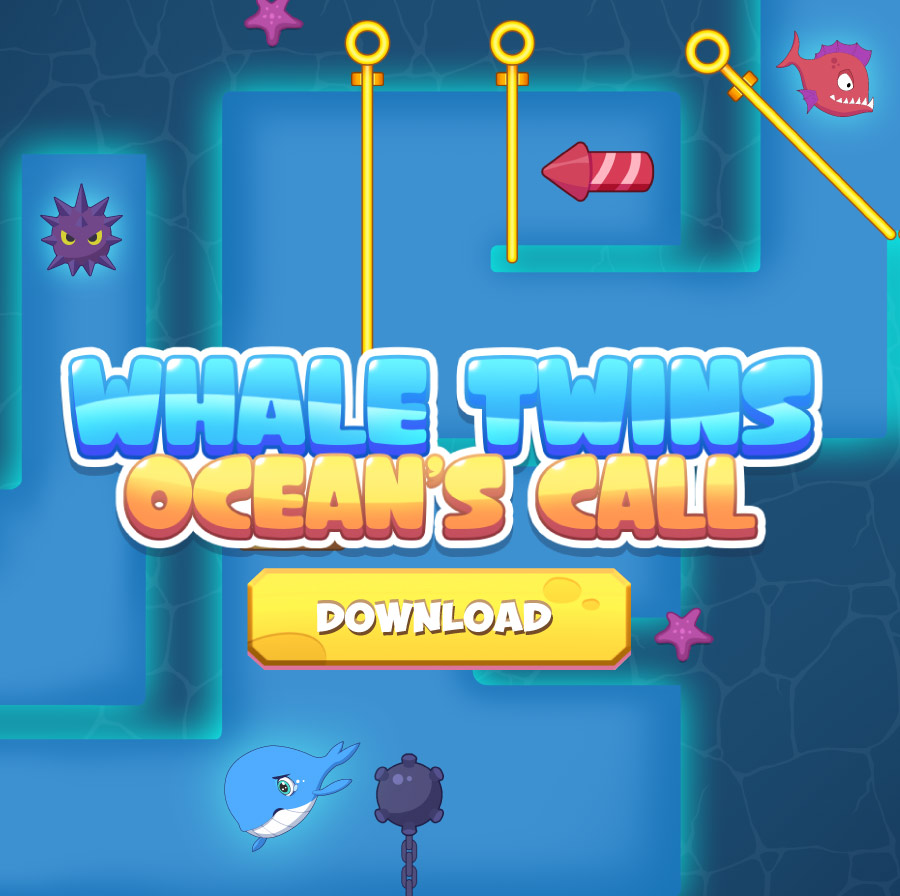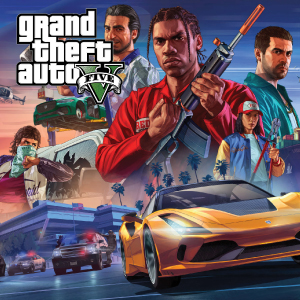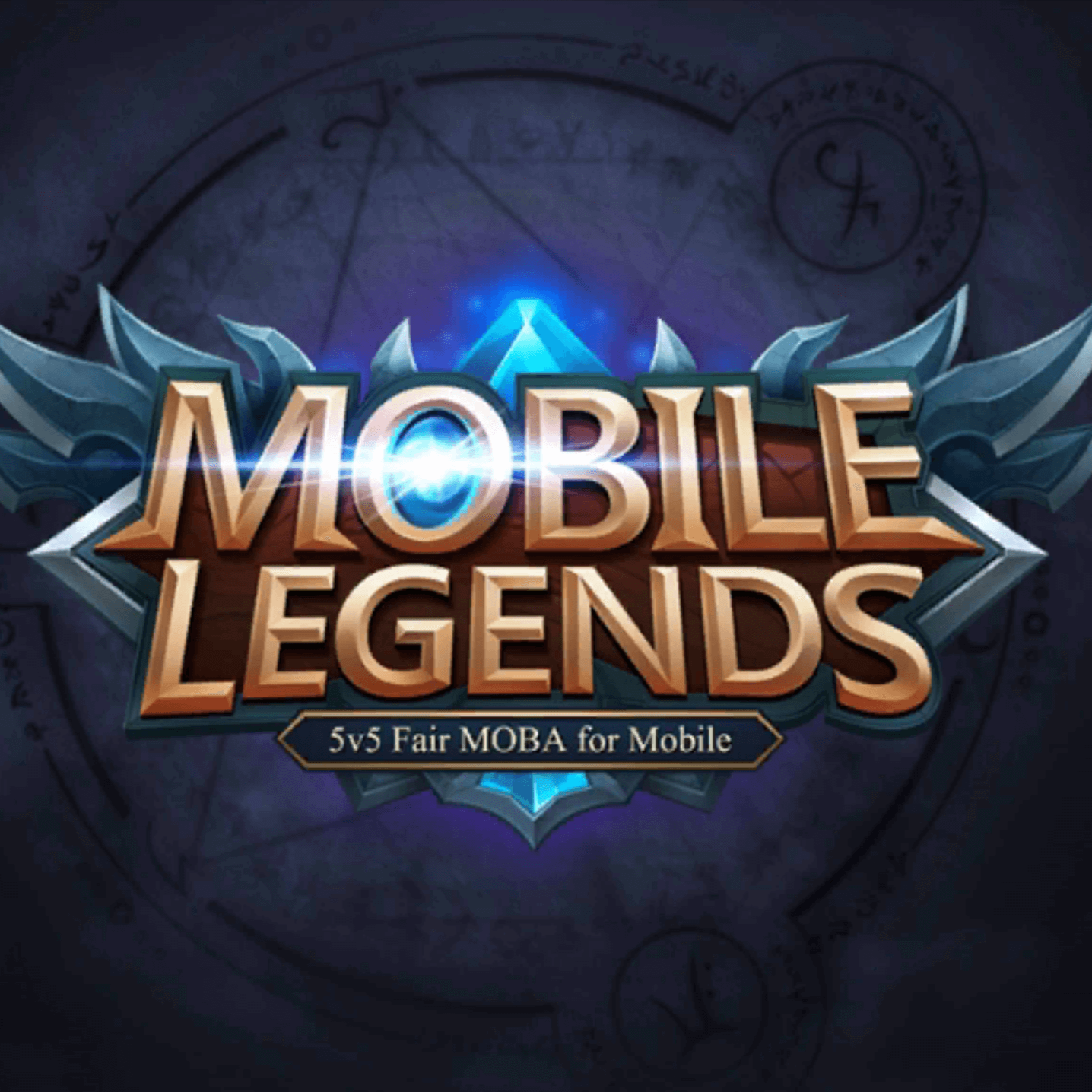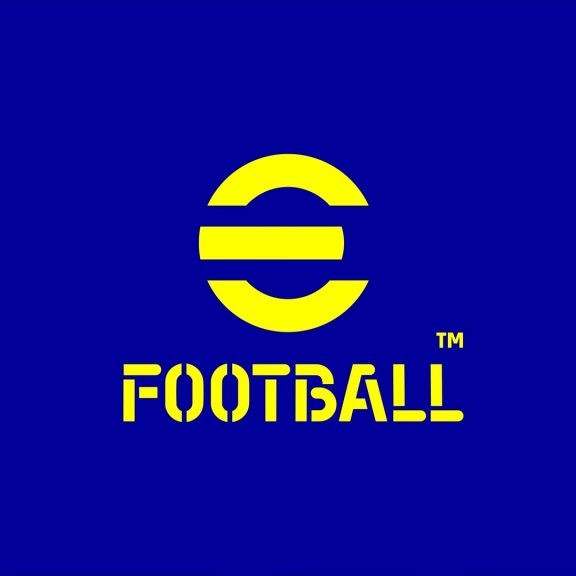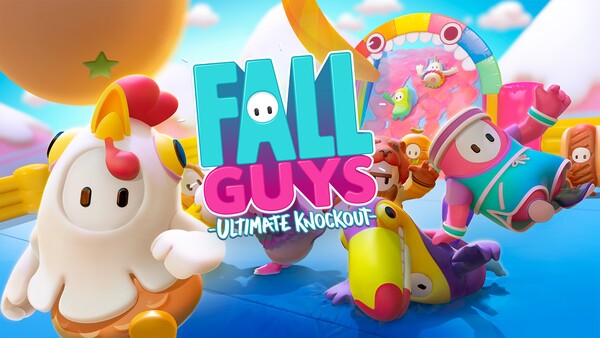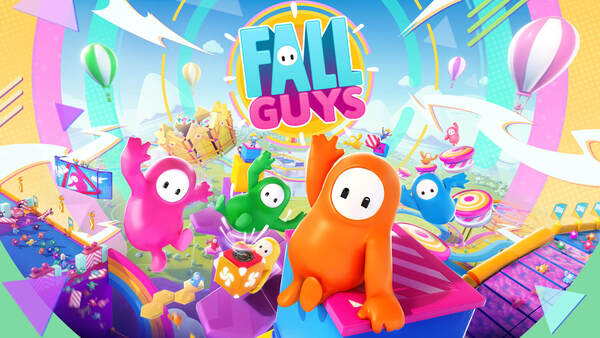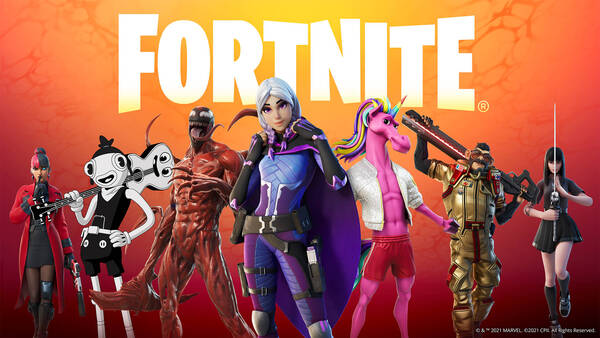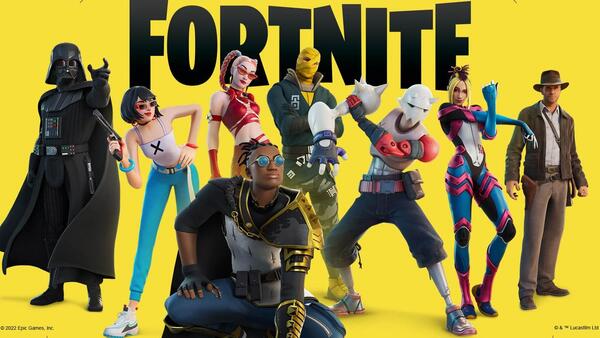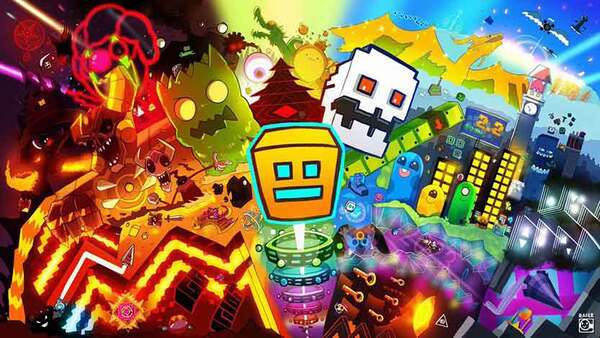God of War Ragnarök – A Modern Myth Reborn
When Santa Monica Studio released God of War (2018), they redefined what a classic action series could be: more mature, more personal, yet still brutal and grand. Four years later, God of War Ragnarök arrived as one of the most anticipated sequels of its generation.
But does it live up to its mythical name? Let’s explore its journey—from story and gameplay to visuals, music, and why this Norse epic captured hearts worldwide.
1. A Legacy Reforged: From Greece to Midgard
Reinventing Kratos
Kratos debuted in 2005 as an angry Spartan driven by revenge against the gods of Olympus.
The 2018 reboot humanized him: now older, burdened by fatherhood, and living in the Norse realms.
Setting the Stage for Ragnarök
God of War (2018) ended on a powerful note: prophecy showed Kratos’ possible death and Atreus’ true name, Loki.
Players knew the sequel had to explore fate, family, and the end of the world itself.
Ragnarök is both a direct continuation and the grand finale to the Norse saga.
2. Storytelling Excellence: Myth Meets Humanity
The Main Plot
Fimbulwinter freezes the realms, and Kratos and Atreus must prevent—or embrace—Ragnarök.
They face gods like Thor, Odin, and Freya, each with layered motivations.
Themes of Fate & Choice
Is destiny fixed, or can it be defied?
The father-son dynamic deepens, as Atreus seeks independence while Kratos fears repeating old mistakes.
It's mythic storytelling grounded in raw human emotion.
3. Characters: Gods, Giants, and Monsters
New Faces
Thor: not the Marvel hero, but a tragic, complex figure.
Odin: manipulative, charming, and ruthless.
Angrboda: young giant who guides Atreus’ journey.
Returning Allies
Mimir: the witty “smartest man alive.”
Brok and Sindri: dwarven brothers whose story hits unexpectedly hard.
Freya: enemy-turned-ally wrestling with grief.
Every character feels fully realized, with arcs that surprise and resonate.
4. Gameplay Evolution: Axe, Blades, and Beyond
Combat Refinements
Leviathan Axe and Blades of Chaos return, joined by the Draupnir Spear.
Shields have new parry types; enemy variety increased.
Depth and Strategy
Atreus becomes playable in sections, using bow-based combos and animal summons.
More RPG layers: skill trees, armor customization, and runic attacks.
Combat feels faster, smarter, and deeply satisfying.
5. World Design: Nine Realms Expanded
Bigger Yet Focused
All Nine Realms are now explorable, from frozen Niflheim to flaming Muspelheim.
Vanaheim alone feels like an open-world zone, filled with secrets.
Side Content
Favors (side quests) often tell touching or tragic stories.
Legendary chests, Nornir puzzles, and realm tears reward exploration.
Every corner rewards curiosity—without feeling bloated.
6. Visuals & Art Direction: Beauty in Destruction
Technical Achievements
On PS5, runs at 4K/30fps or dynamic 4K/60fps modes.
Facial animation and weather effects add realism.
Artistic Choices
Norse-inspired carvings, ruins, and creature designs create atmosphere.
Giant set-pieces (like battling Thor atop glaciers) feel cinematic but playable.
Few games blend art and technology this gracefully.
7. Music & Sound: Bear McCreary’s Masterpiece
Iconic Score
Bear McCreary returns, blending deep Nordic choirs, drums, and strings.
Themes adapt dynamically during fights and cutscenes.
Voice Acting
Christopher Judge (Kratos) and Sunny Suljic (Atreus) deliver subtle, powerful performances.
Richard Schiff’s Odin brings a uniquely human cunning.
The audio elevates emotional beats and epic moments alike.
8. Pros & Cons: Honest Appraisal
Pros
Deep, emotional story grounded in myth.
Refined, weighty combat with variety.
Stunning visuals and music.
Memorable, layered characters.
Cons
Pacing can slow during side quests.
Some puzzles repeat in style.
Not a radical gameplay reinvention—more evolution.
Yet for many, strengths far outweigh weaknesses.
9. Reception & Impact
Critical Acclaim
Near-universal praise from critics and players alike.
Multiple Game of the Year nominations; won Best Narrative, Score, and Performance at The Game Awards.
Cultural Resonance
Memes, cosplays, and fan art flourished.
Quotes like “Don’t be sorry—be better” entered pop culture.
A rare sequel that satisfied sky-high expectations.
10. What’s Next: The Future Beyond Ragnarök
End of the Norse Saga
Developers confirmed this wraps the Norse arc, unlike the original Greek trilogy.
Fan Theories
Will Kratos and Atreus explore Egyptian or Japanese myths next?
Could Atreus lead a standalone game?
Santa Monica Studio remains quiet—but excitement is high.
Conclusion: Why God of War Ragnarök Truly Matters
God of War Ragnarök isn’t just another sequel it’s a heartfelt, violent, funny, tragic, and beautiful closing chapter.
It shows how even gods must face consequences, how fathers must learn, and how myths can still feel human.
For fans old and new, it’s a reminder why games matter: not only to thrill, but to move us.
As Kratos and Atreus look to new horizons, players do too grateful for this unforgettable journey.



